What minimalist campers really need to know when choosing between two of the lightest shelter options in the wild.
Introduction: Choosing the Right Sleep System Shouldn’t Be Overwhelming
If you’re like me, you’ve probably stared at your gear pile the night before a trip, debating whether you should bring the hammock or the bivy sack. And it’s not a small decision—your sleep system is the one thing that can make or break your night in the wild.
When I first shifted to ultralight gear, I believed lighter automatically meant better. But through hundreds of miles, varying terrains, and unpredictable weather, I learned that smart sleep system choices require more than just shaving ounces—they require understanding your actual environment, your sleep preferences, and how each option performs under pressure.
This guide lays it all out. No fluff. Just my honest experience with ultralight sleep systems, particularly the two most debated: hammocks and bivy sacks.
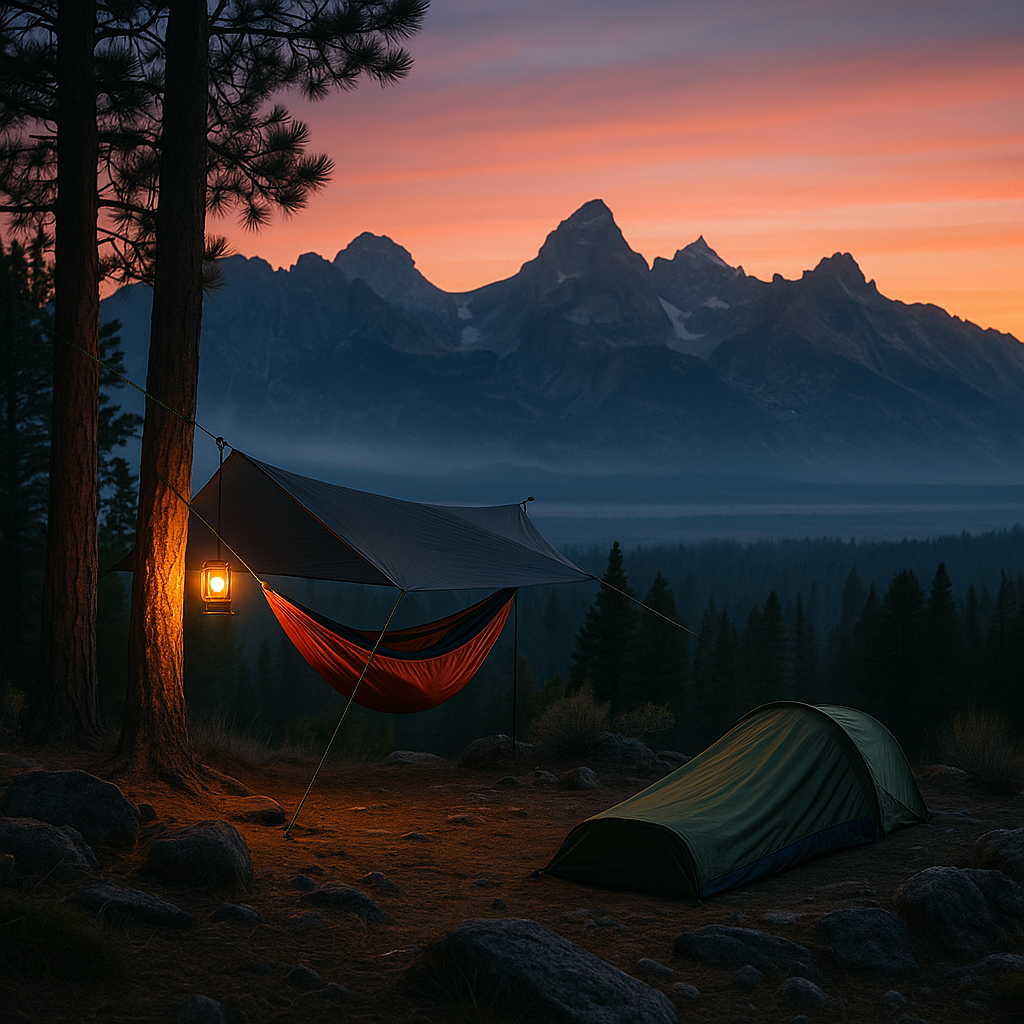
What Counts as an Ultralight Sleep System?
Defining Ultralight—Is There a Rule?
The term ultralight gets tossed around a lot, but for most backpackers, it means keeping your entire sleep setup under 3 pounds—that includes your shelter, sleep pad, and bag or quilt. For some, going even lighter (sub-2 pounds) is the goal, but for the average minimalist adventurer, 3 pounds is a reasonable threshold.
That said, total packed weight matters more than obsessing over the scale for each piece. A hammock setup with a rain fly might weigh more than a bivy and pad, but if it gives you better sleep and adaptability in your terrain, that’s a win.
Whether you’re thru-hiking, bikepacking, or van camping, a smart ultralight system should strike a balance between weight, versatility, and comfort.
The Hammock Sleep System
Pros
- Off-ground comfort: Say goodbye to rocks, roots, and uneven ground. A properly hung hammock feels like a floating cloud after a long day on trail.
- Airflow and ventilation: Ideal in hot, humid climates. Hammocks allow for incredible airflow, making them a lifesaver during sticky nights.
- Bug net integration: Many models include built-in bug protection, keeping your setup tight and efficient.
- Rain protection with tarps: Easy to pitch above for solid storm coverage while staying dry and elevated.
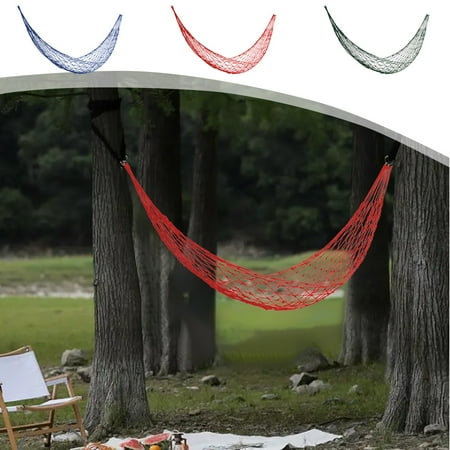





Cons
- Tree dependency: If you’re in alpine zones, deserts, or open fields, finding two perfect trees can feel like finding a unicorn.
- Cold back syndrome: Without an underquilt or sleeping pad inside, your backside is exposed to convection cooling.
- Not legal everywhere: Some parks prohibit hanging anything from trees, including hammocks. Always check local regulations.
- Privacy concerns: You’re more visible and exposed when above ground and open.
The Bivy Sack Sleep System
Pros
- Ultimate simplicity: It doesn’t get more basic than a bivy + pad + quilt. Setup takes minutes and there’s zero fuss.
- Excellent for tight terrain: If you’re sleeping in rocky spots, cliffside ledges, or brushy trails, bivies are the MVP.
- Better heat retention: Your body heat stays trapped inside, especially when paired with a good pad and warm bag.
- Stealth camping friendly: Low profile = less visible. Perfect for van lifers doing dispersed camping or low-impact backcountry travelers.









Cons
- Claustrophobic for some: Even well-designed bivy sacks can feel tight, especially in wet weather.
- Condensation: If not ventilated properly, you’ll wake up to damp gear (and a grumpy mood).
- No lounging space: Unlike a hammock or tent, there’s no “hangout zone” in a bivy. You sleep. That’s it.
- Not ideal for long-term basecamps: Best for moving camps every night rather than extended stays in one spot.
Comparing by Environment and Use Case
For Forested Areas and Summer Nights
The hammock wins here—no question. If you’re headed to the Southeast, Pacific Northwest, or any forested zone in warmer temps, hammocks offer unbeatable comfort and airflow. Bugs? Solved. Heat? Vented. Just double-check that your site has suitable anchor points.
For High Elevation or Cold Conditions
Bivy systems shine when the mercury drops. In the Rockies or Sierra Nevada, I’ve had far better luck staying warm and shielded from wind in a low-profile bivy with an insulated pad underneath. Layer with a quilt and you’re golden.
For Minimalist Van Lifers or Roadside Overnights
The bivy often comes out ahead for flexibility. You can roll it out anywhere—parking lot, pull-off, forest floor—and catch a few stealthy hours without ever leaving a footprint.
Weight, Bulk, and Real Packability
Hammock Setup Breakdown
- Hammock: 14–20 oz
- Bug net: 6–10 oz
- Rain fly: 8–14 oz
- Straps + stakes: 4–6 oz
- Underquilt or pad: 16–24 oz
Total: ~2.5–4 lbs depending on brand and build
Bivy Setup Breakdown
- Bivy sack: 10–20 oz
- Sleeping pad: 14–20 oz
- Tarp (optional): 6–12 oz
Total: ~1.5–2.5 lbs
Compresses smaller, packs faster, and is easier to dry if it gets wet.
My Personal Verdict (and When I Choose Each)
Why I Default to a Bivy for True Ultralight Trips
If I’m fastpacking, solo hiking, or heading into unpredictable terrain, the bivy comes with me. It’s lightweight, low-hassle, and takes up next to no space in my pack. I don’t have to guess if there will be trees—and I can always find a flat patch of ground.
Why I Still Carry My Hammock on Certain Adventures
But if I’m heading somewhere warm, humid, and densely wooded, or I want more comfort and airflow after a long hike… the hammock wins. It’s worth the extra ounces to sleep like a breeze is hugging you. I’ll also bring it for van-supported overnights where I know I’ll be able to hang with ease.
Conclusion: Choose Smart, Sleep Well, Hike Free
The truth is, there’s no universal “best” ultralight sleep system. But there is a best option for your terrain, weather, and comfort needs.
The hammock gives you comfort and breathability—when the environment plays along.
The bivy gives you flexibility and stealth—when simplicity is key.
When you choose intentionally, you lighten your load and your mind. That’s what ultralight camping is all about.
If you’re building your own ultralight system, check out our gear guides and real-world reviews at Today’s Camping Gear. You’ll find expert-tested recommendations for sleep setups, pads, tarps, and trail-ready accessories that won’t weigh you down.
Let’s keep things light, smart, and wild—just how nature intended.
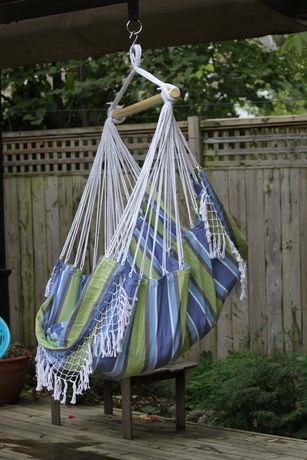
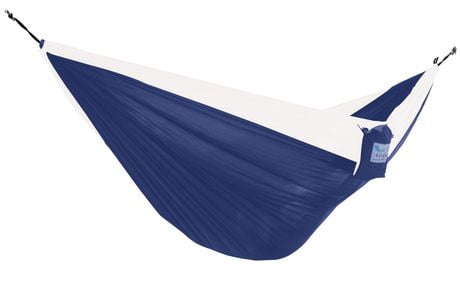
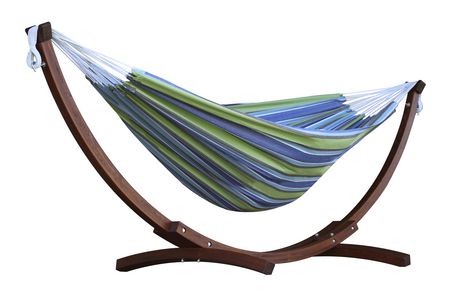
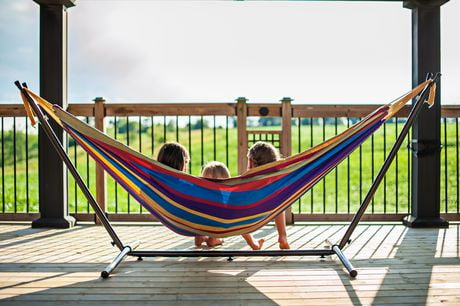

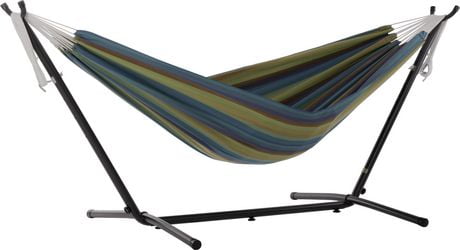
Leave a Reply